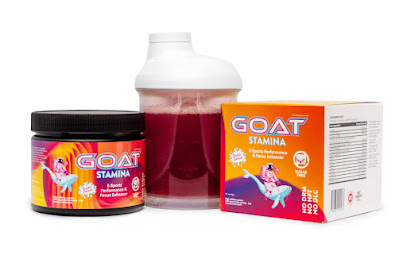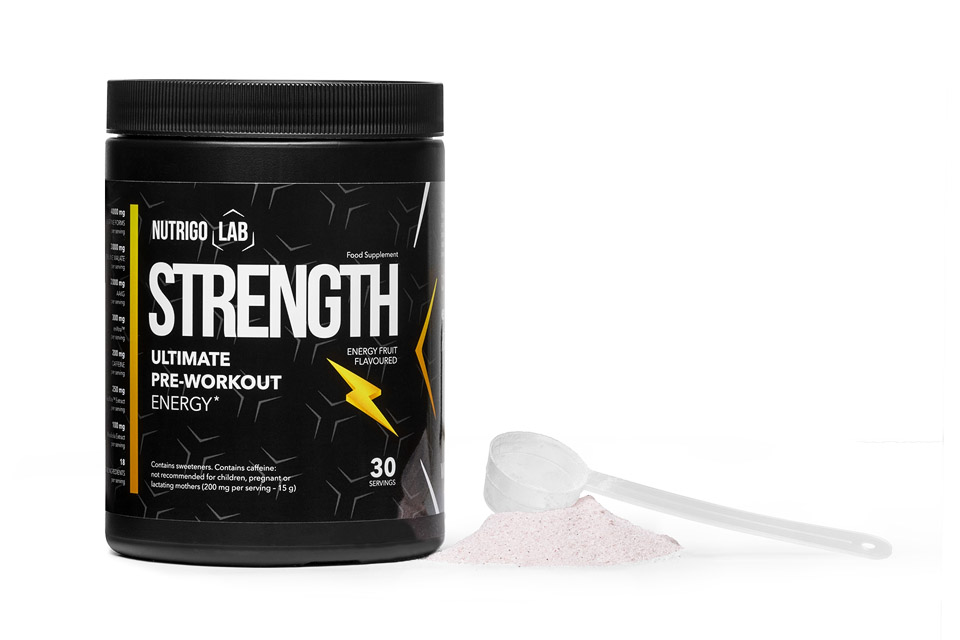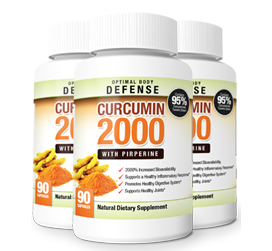What is hyperbaric chamber?
A hyperbaric chamber is a sealed, pressurized chamber designed to administer hyperbaric oxygen therapy (HBOT). Hyperbaric oxygen therapy is a medical treatment that involves breathing pure oxygen in a pressurized environment, typically at a pressure higher than atmospheric pressure at sea level.
The hyperbaric chamber can be a single-person unit (monoplace chamber) or a multi-person unit (multiplace chamber) depending on its size and intended use. Monoplace chambers are designed to accommodate one patient at a time, while multiplace chambers can treat several patients simultaneously, along with medical staff who may be present during the treatment.
During the HBOT session, the patient enters the hyperbaric chamber, and the pressure is gradually increased to the prescribed level. The increased pressure allows the lungs to take in a higher concentration of oxygen, and this oxygen-rich blood is then distributed throughout the body, aiding in various therapeutic processes.
HBOT has been used to treat a range of medical conditions, including decompression
sickness (the bends), carbon monoxide poisoning, non-healing wounds, diabetic ulcers, certain infections, radiation injury, and some other conditions. It helps promote tissue healing, reduce swelling, and enhance the body's natural healing processes.
Hyperbaric oxygen therapy is usually administered as a part of a comprehensive treatment plan and is supervised by trained medical professionals. It is essential to consult with a healthcare provider to determine if HBOT is suitable and safe for an individual's specific medical condition.
What is relationship between telemoeres and aging?
Telomeres and aging are closely connected through a biological process known as the "telomere theory of aging." Telomeres are repetitive nucleotide sequences found at the ends of chromosomes, acting as protective caps to prevent the loss of essential genetic material during cell division. Their primary function is to maintain chromosome stability and integrity.
With each cell division, the telomeres gradually shorten. This is because the DNA replication machinery cannot fully copy the very end of the chromosome. Over time, as cells divide and telomeres shorten, they eventually become critically short, leading to cellular senescence, a state in which cells can no longer divide and may cease functioning properly. This process is considered a fundamental aspect of the aging process at the cellular level.
As telomeres become shorter, cells may experience increased levels of DNA damage and genomic instability. The accumulation of these damaged cells in tissues can contribute to age-related decline and various health issues associated with aging, such as reduced tissue repair and regeneration, impaired immune function, and an increased risk of certain age-related diseases.
In essence, telomere shortening is thought to be a marker of cellular aging. When telomeres reach a critically short length, cells enter a state of replicative senescence or undergo apoptosis (cell death), leading to a decline in tissue function and overall health. Telomere attrition is a natural part of the aging process, and it occurs in most human cells throughout life.
The telomere theory of aging has garnered significant attention in the scientific community, and researchers continue to study the relationship between telomeres and aging. While the association between telomere length and aging is well-established, it's important to note that telomere length alone does not fully determine an individual's rate of aging or lifespan. Various lifestyle factors, genetics, and environmental influences also play significant roles in the aging process. Nonetheless, understanding telomere biology provides valuable insights into cellular aging and age-related diseases, and ongoing research in this area may lead to potential therapeutic interventions in the future.
Can HBOT stop & reverse aging?
At the heart of this investigation stands Shai Efrati, the director of the Sagol Center for Hyperbaric Medicine in Tel Aviv. Over the last decade, his research group has conducted numerous studies on the use of HBOT (Hyperbaric Oxygen Therapy) for a wide range of conditions, including cognitive decline and aging. "It's truly impressive," says Marc Robins, a hyperbaric medicine specialist at Utah Valley Wound Care and Hyperbaric Medicine Center, acknowledging the high volume of research they have produced.
The most frequently cited research supporting claims by hyperbaric spas and clinics revolves around a particular study from 2020, published in the journal Aging. In this study, HBOT seemed to mitigate certain cellular changes associated with aging. Efrati's team administered daily HBOT sessions to thirty-five adults aged 64 and older for 60 days. Their focus was on telomeres, the protective caps at the ends of chromosomes, which shorten with each cell division and are linked to cell death. Daniel Belsky, a professor of epidemiology at Columbia University studying biological markers of aging, explains that telomeres act as biological clocks.
After the study concluded, Efrati's team analyzed tissue samples from the participants and indeed found longer telomeres and fewer dying cells. Spas and clinics have used these findings to claim that HBOT can "reverse aging." Efrati himself shares this sentiment, likening the implications to a remarkable milestone in history. "The biology of aging can be taken back in time—and this is very exciting. It's like the first time man landed on the Moon," Efrati proclaims. In addition to his work at the Sagol Center, Efrati serves as the Chair of the Medical Advisory Board at Aviv, a company that owns hyperbaric clinics in Israel, Dubai, and The Villages—a retirement community in Florida. These clinics offer treatments targeting anti-aging and dementia. However, his position as a shareholder at Aviv raises concerns among some experts about the independence of his research. Michael Bennett, an anaesthesiologist conducting hyperbaric medicine research at Prince of Wales Clinical School in Sydney, Australia, believes that anti-aging and dementia prevention might be the primary focus for Aviv.
While researchers outside Efrati's team acknowledge the promising nature of the results, they advocate for caution in interpretation. Robins advises against jumping to conclusions too hastily, pointing out that the study was conducted with a small number of participants, which could lead to skewed or misleading outcomes. Although the observed effects were significant, they came with a large margin of error. For example, the telomere length of B cells (a type of white blood cell) increased by 29.39 percent, but this figure could vary by plus or minus 23.39 percent. Additionally, Valter Longo, a cell biologist at the University of Southern California, cautions that cell death can sometimes serve a beneficial purpose, as telomeres may signal cells to die before becoming cancerous. Hence, the root cause of aging remains uncertain, and it's not yet clear whether shorter telomeres are directly linked to aging or simply associated with the aging process.
HBOT is a medical treatment and absolutely dangerous to perform in a spa setting or at home, Efrati says. Other experts go further. They say it’s too early to market it for anti-aging, even in medical facilities.
That's the fundamental principle of evidence-based medicine – conducting studies, repeating them, and conducting further research. Robins finds the potential of HBOT as an anti-aging treatment exciting and promising. However, he emphasizes the need for caution since we still don't have conclusive evidence that it indeed works. Therefore, proceeding with careful consideration is essential.

















.png)







.png)
.png)
No comments:
Post a Comment